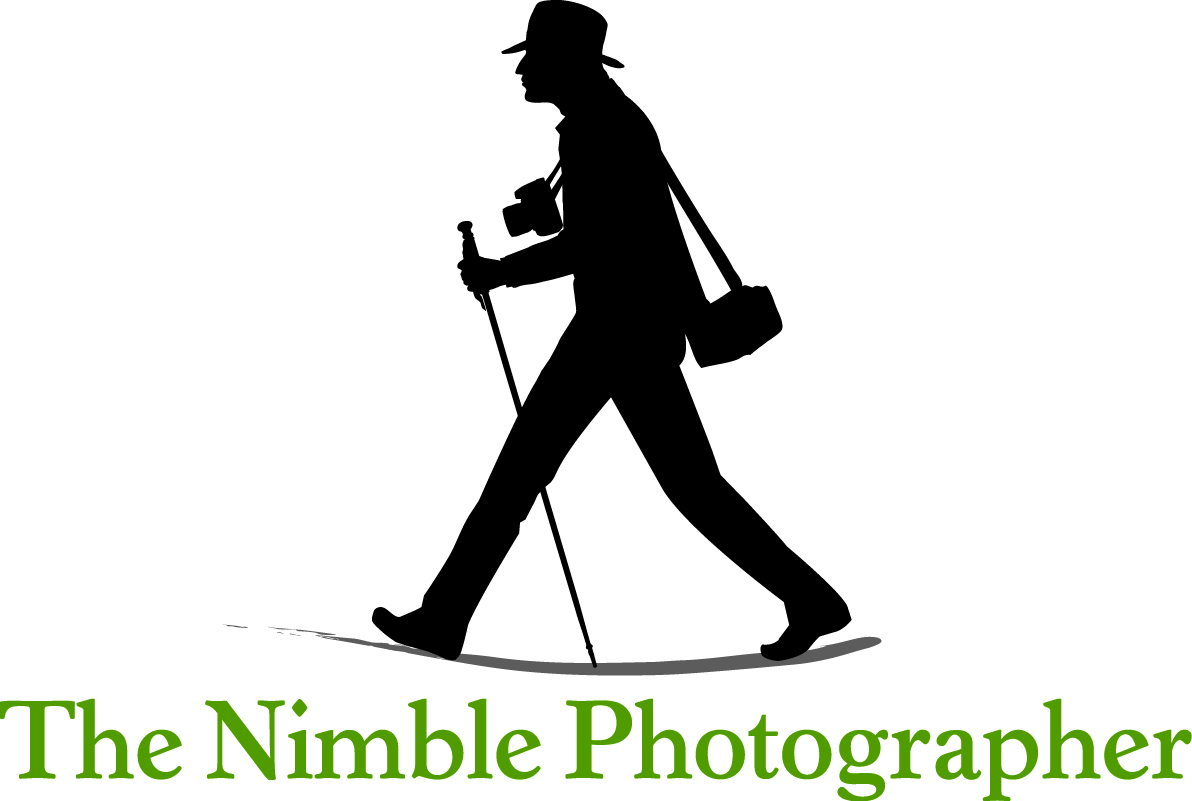Theresa has a day job, as many do, managing people and budgets.
On weekends, she sits on her bed, legs straight out, typing a novel on the computer that rests lightly on her lap. Only family and a few friends know that she's an artist. And her work is brilliant.
Everyone has someone else inside - an athlete, a criminal, a mechanic, a chef. Sometimes they try to hide this other personality, and other times they can't wait for the world to discover it.
But of all these possibilities, I find the artist most compelling.
The trap that unknown artists often fall into, is the desire to become known. Ironically, it's fame that destroys art. And for this reason, I think modern social sites are better than we realize.
Why?
Because they provide an audience for our art without the poison of fame. Unlike pregnancy, you can to be a little famous. It only takes a few hundred people interested in your artistry to make it all seem worthwhile.
You can continue to create without the noxious cloud of fame blocking the very light that inspires you. The artist inside might not have a publisher, but she does have a community. And that community hangs on her every word.
When we look back upon this period in our history, it may be recognized as one of the great times of creativity ever. Millions of unknown artists speaking to friends, family, and community without the self-consciousness of becoming front page fodder.
Yes, an unlucky few will have fame thrust upon them. But the great majority will be free to create openly for those who love and truly care about
the artist inside.
-Derrick
